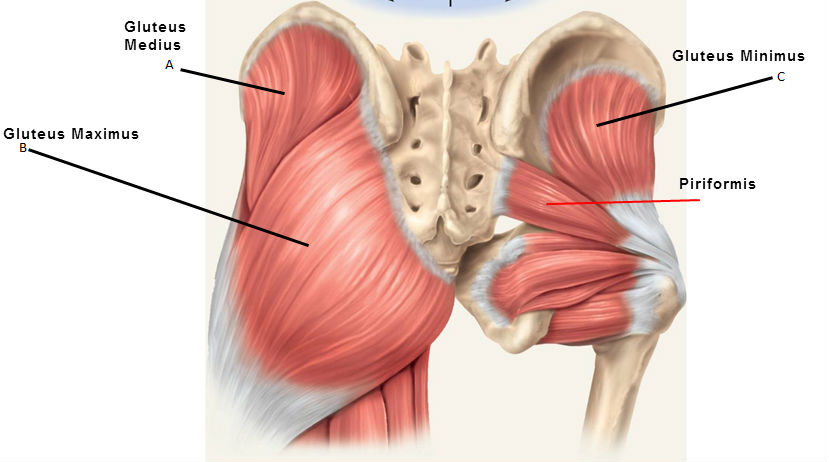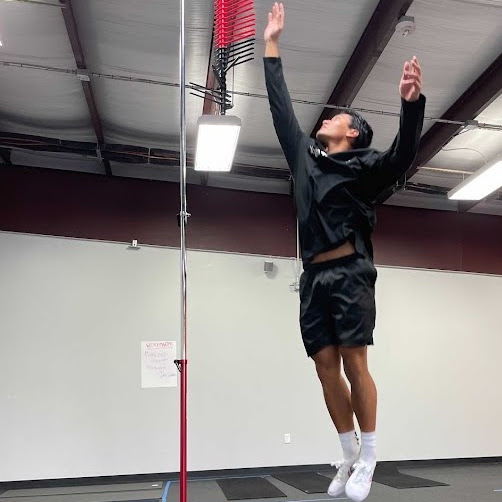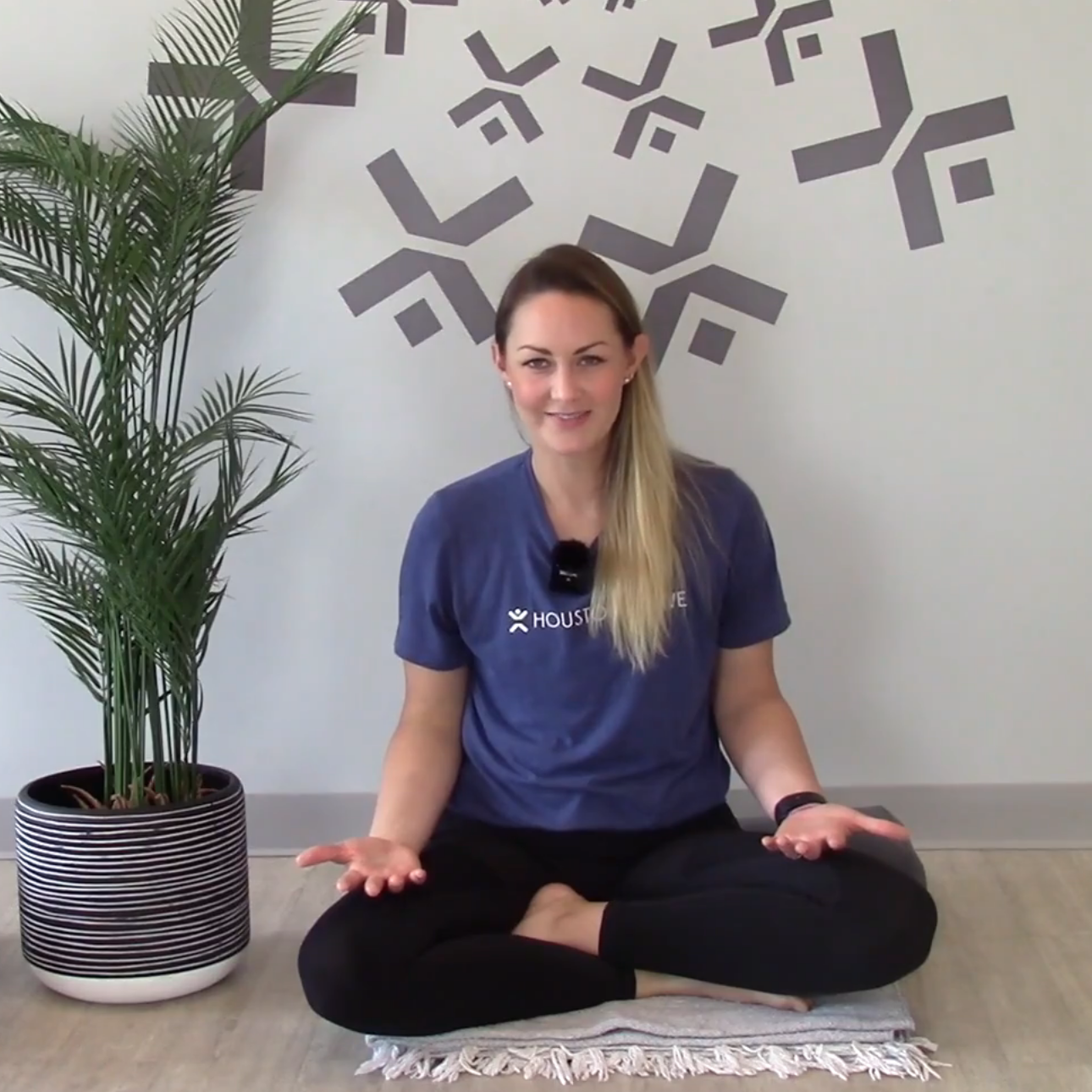The gluteus maximus is one of the largest muscles in the human body. It is also one of the more commonly known muscles. It lies superficial (closest to the surface) in the gluteal region and is largely responsible for the shape of our buttocks.
The gluteus maximus originates from a broad area on the posterior surface of the ilium, the posterior gluteal line, the rough area of bone superior and inferior of this line, upward to the iliac crest, the aponeurosis of erector spinae, the dorsal surface or the lower part of the sacrum and the side of the coccyx, the sacrotuberous ligament, and the fascia that cover the gluteus medius.
The gluteus maximus is an extensor of the hip joint meaning that it produces the back swing of our leg while walking and provides most of the lift when stepping up, like climbing stairs. The gluteus maximus generates its maximum force when the thigh is flexed at 45-degree angle to the trunk. The gluteus maximus abducts our thigh meaning it aids in swinging our thighs out laterally and superiorly away from the trunk. This muscle also elevates our trunk after stooping, prevents our trunk from pitching forward during walking or running, and helps stabilize the femur on tibia.
Strengthen Your Glutes
We have a great HIIT series available on-demand! To strengthen your glutes, complete all 5 classes each week for 4 weeks.
Not a YAX Online member yet? Sign up for a 7-day free trial!

STAY IN THE LOOP!
Subscribe to our free newsletter.
Most people have some sort of dysfunctional breathing pattern that they are unaware of. It can destabilize your trunk, cause loss in mobility, lower movement efficiency, and reduce force potential.
Jump training, also known as plyometric/speed/muscular endurance training, is geared toward athletes looking to increase their vertical, speed, power, balance, and agility, as well as reduce injury onset.
Being mentally resilient means being able to recover quickly from difficulties. It's a skill that takes practice. You need to train your mind.



